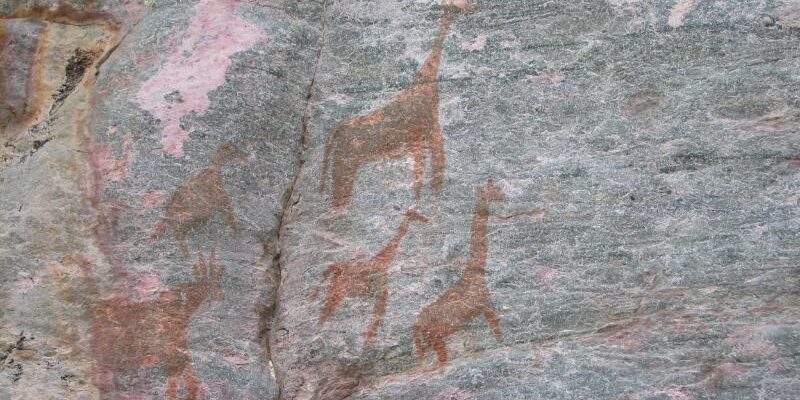Tsodilo
Tsodilo is a group of four stone hills located in the Kalahari Desert, northwestern Botswana. The Tsodilo Hills are world famous for their rock art. The Tsodilo area contains more than 4,500 rock paintings in an area of approximately 10 km² of the Kalahari Desert. The preserved ancient murals are sometimes referred to as the “Louvre in the Kalahari Desert”. Tsodilo has been a UNESCO World Heritage Site since 2001 due to the site’s exceptional religious and spiritual importance to the local people and as evidence of human settlement several millennia old.
.
The Tsodilo Hills are located about 40 km from Shakawe.
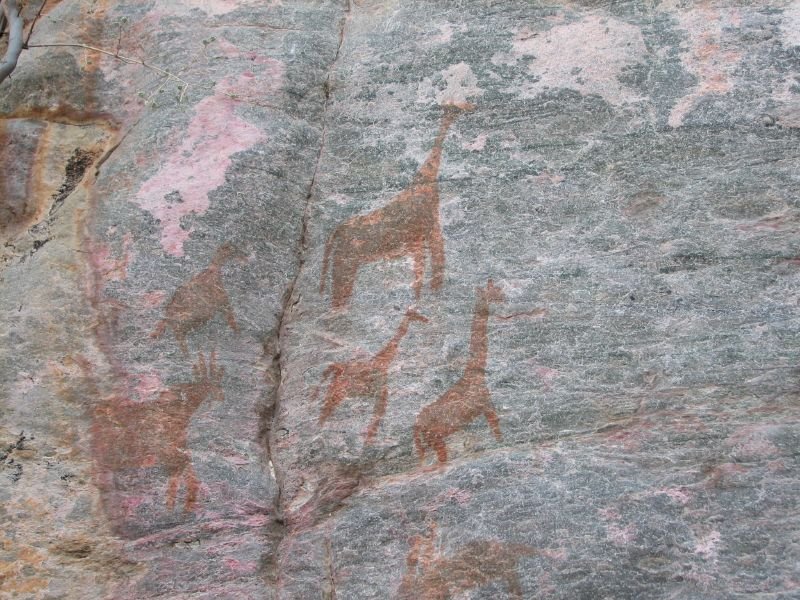
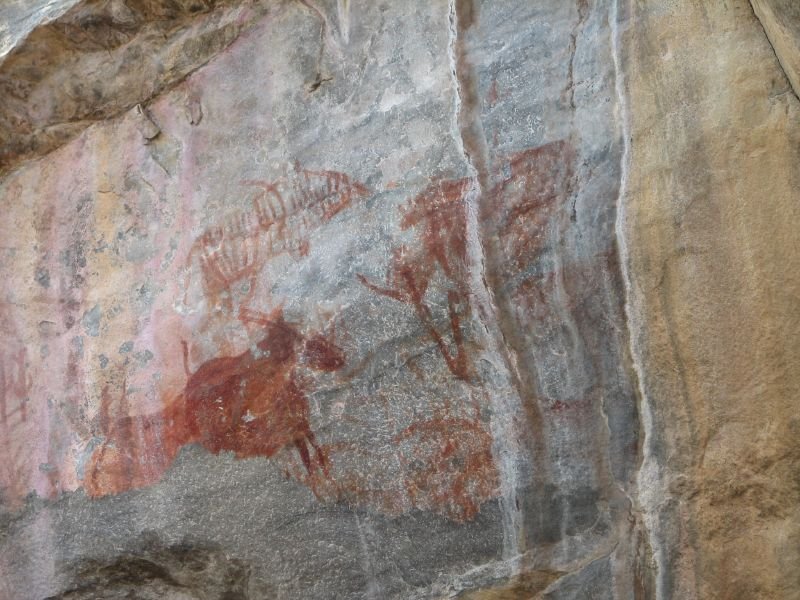
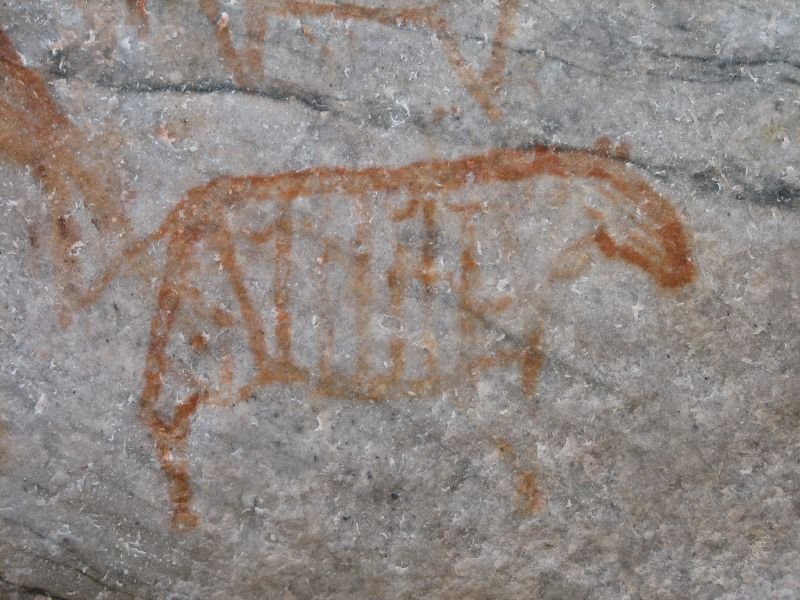
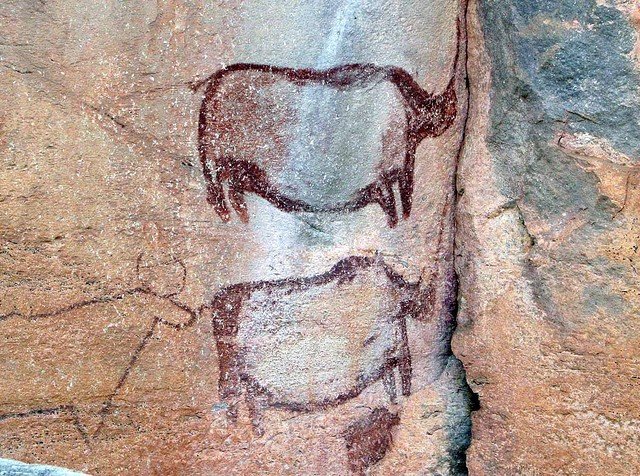
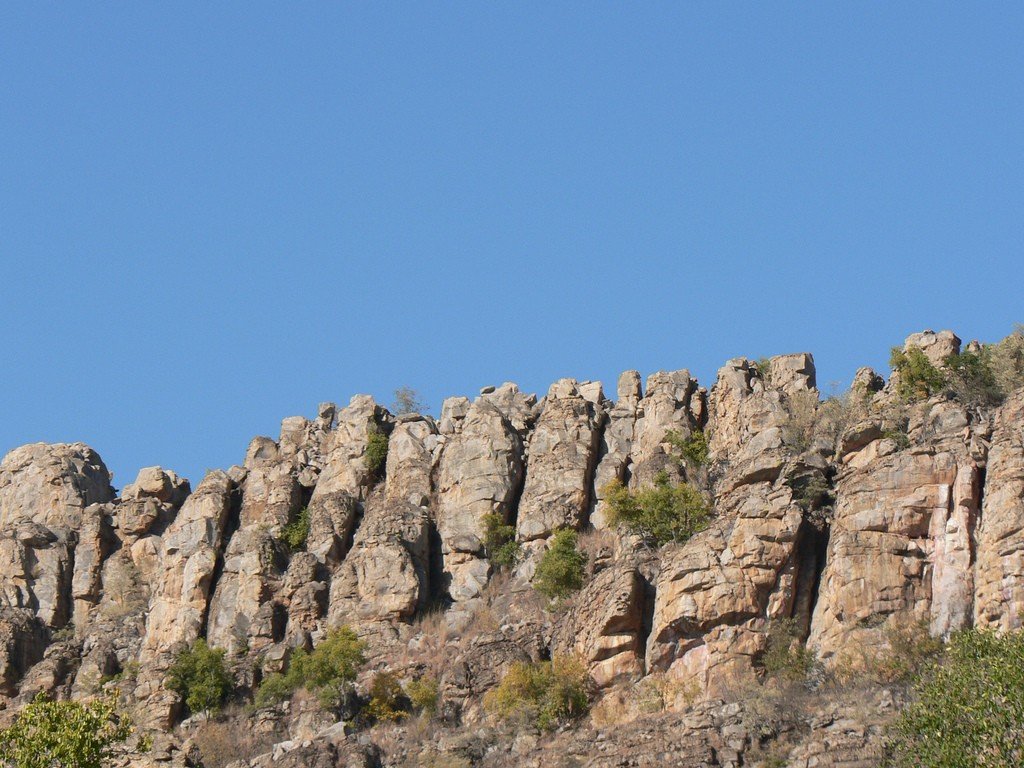
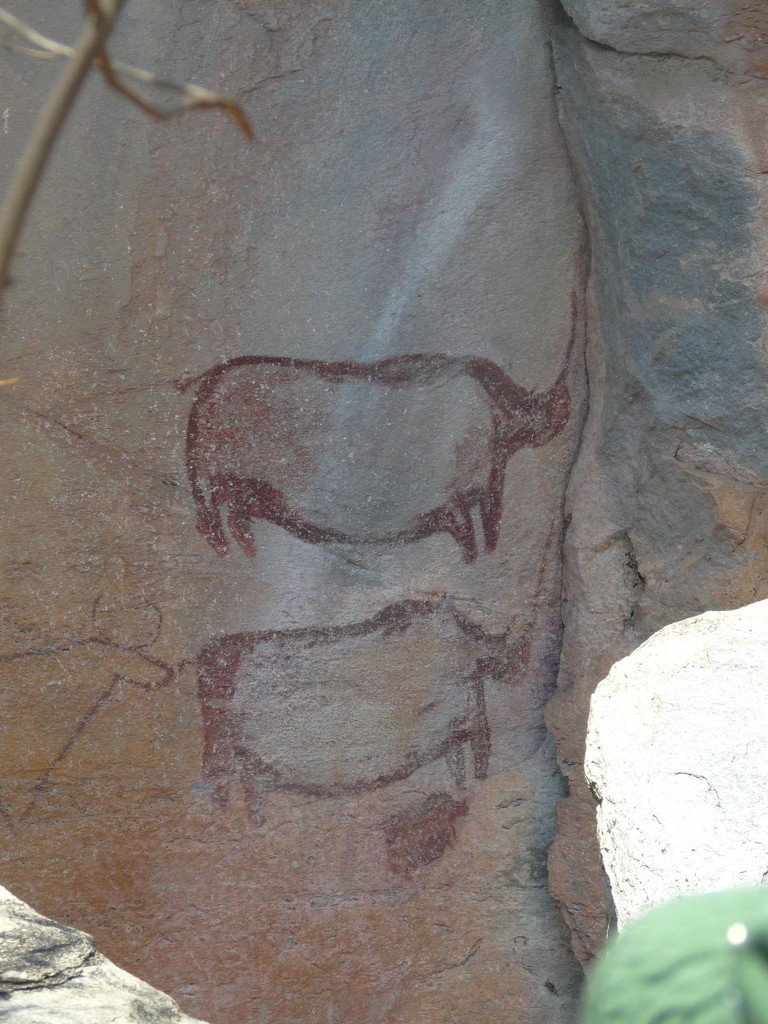
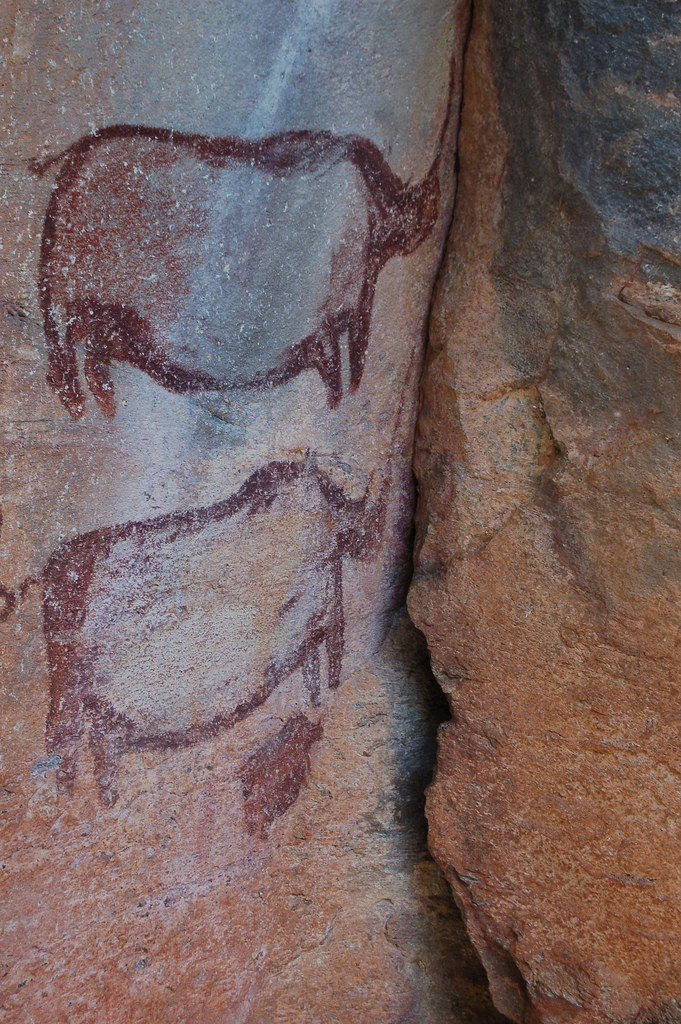
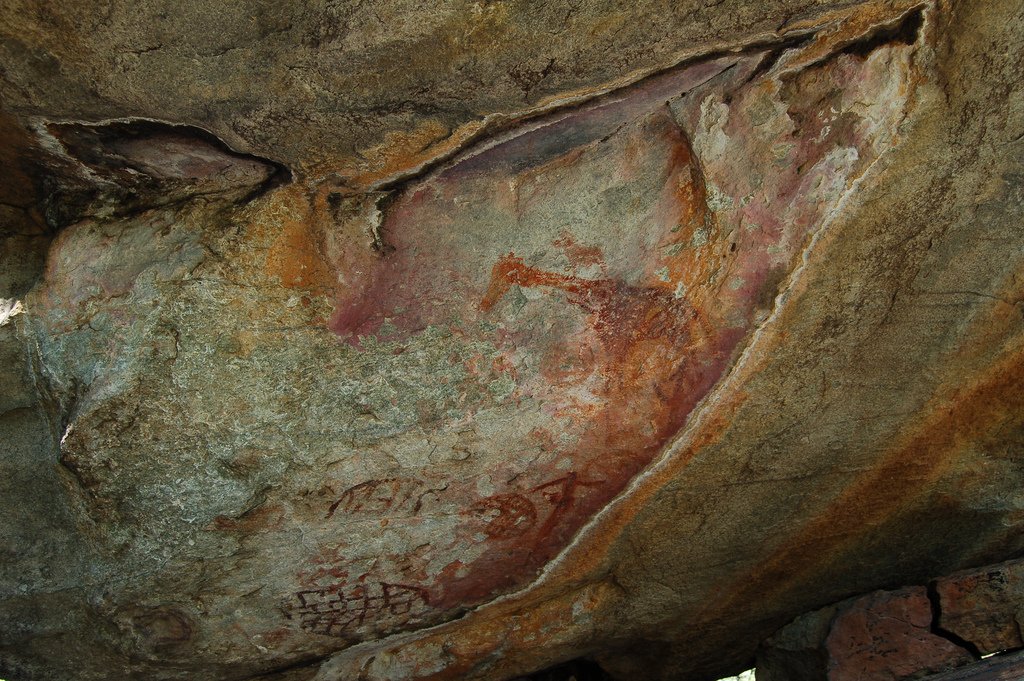
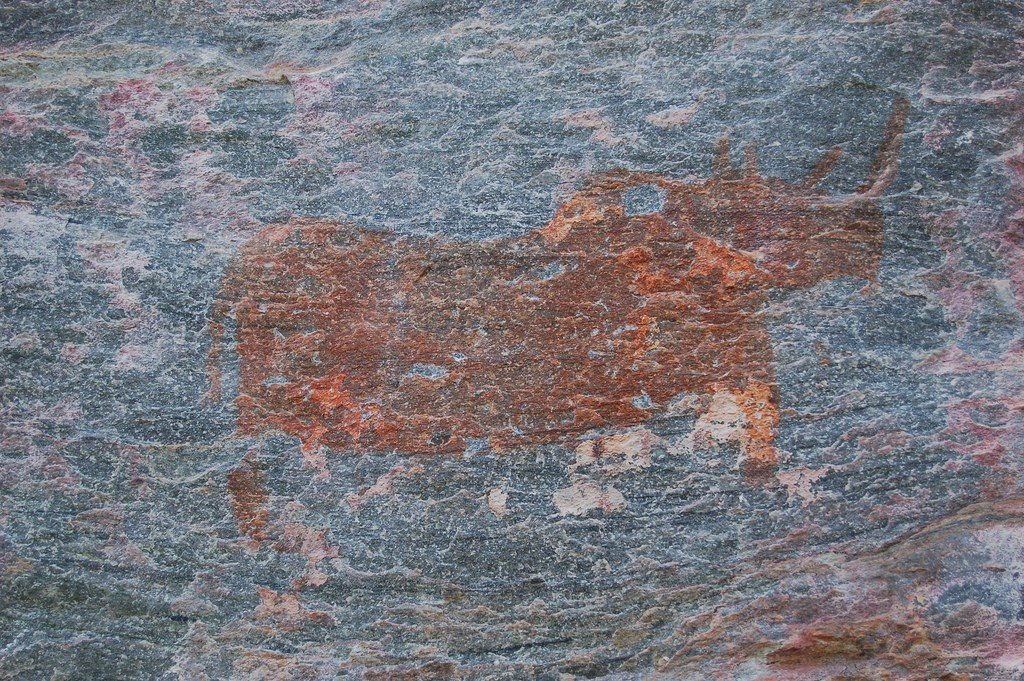
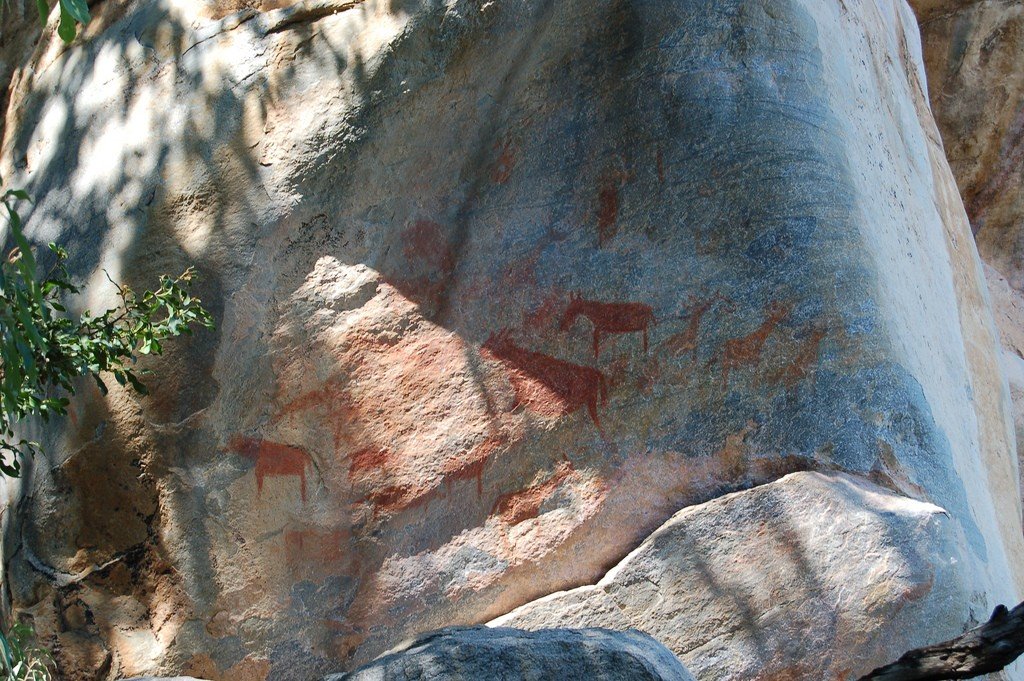
General information
Four main hills are distinguished, the largest of which is 1400 meters high. Three of the hills have been given names – “man”, “woman” and “child” by the Bushmen. The fourth, lowest hill remained nameless. According to one translation of Bushmen legends, it is the first wife abandoned by a man. “Man’s” hill is also the highest point in Botswana. Between the two largest hills is a tented camp located near the most famous part of the Bushmen drawings, the Laurens van der Post panel.
.
For the Bushmen, the Tsodilo Rocks are sacred – they consider them the center of the universe and the resting place of ancestral spirits. According to their vision, it is from here, from the “female” hill, ancestral spirits rule the world, and on top of the “male” hill the First Spirit prayed immediately after the creation of the world. Bushmen have never hunted and do not hunt near the cliffs, as it is believed that any killing here will bring bad luck to the hunter. Even now, when conducting excursions to the Tsodilo Hills, guides first ask permission to do so from the spirits of the cliffs. Many tourists note that near the rocks begin to feel uncomfortable, as if someone big is constantly looking at you with a heavy stare.
.Rock paintings
For the general public, the hills are still better known for their rock art. There are over 400 sites where thousands of drawings were made between 850 and 1100 AD. Most of them are located on the northern slope of the “woman’s” rock. In the same rock in one of the grottoes you can see a unique sculpture – the head of a python carved from stone, 2 meters high and 6 meters long. The python has always been the main figure in Bushmen mythology and is considered the ancestor of mankind. One of the rock paintings depicts a stylized whale, which puzzled scientists – the Bushmen are not a sea people at all, and the nearest sea coast is 1100 km away from Tsodilo.
.
There are drawings made with red and white paint. The red paint was prepared from iron oxide by grinding it into fine dust. In the white paint examination revealed particles of bird droppings, silicate and zinc. The paintings with white paint are younger. You can see people and domesticated goats on them. Interesting, just shocking, was the discovery of a drawing of a whale on a man’s rock, and after all the Bushmen are not a sea people.
.
Attempts to convey the three-dimensionality of the world can be traced, starting with silhouette drawings. Gradually over the years the lines become clearer, small details are drawn in greater detail. Now it is impossible to say for what purpose ancient artists put on the stone images of animals, people, incomprehensible signs. Perhaps they are messages to other hunters, perhaps symbols of some beliefs or memories of past times, when there was water and a lot of game in these places.
.At the foot of Tsodilo in a small village still live tribes whose ancient ancestors belong to the drawings on the rocks. The modern Kungs even now believe that they were inscribed by the gods. The places of rock painting these people represent sacred and without reverent awe do not approach.
.How to get there
Travelers get here by jeep or small plane. There is a tented camp and airstrip near the mountains.
